Morphing into an Endurance Athlete
“Genetics load the peak performance gun….remember that when you read magic 8-10hr training plans for Ironman based on ‘outlier’ performers.” – David Tilbury-Davis, Professional Coach via Twitter
After the introductory post introductory post last week sharing my hair-brained quest to take on the upcoming Ironman Texas on 9 hours of training a week, a mixed bag of questions and comments flowed in. Many commenters suggested it is entirely doable to finish the distance but in order to strive for a competitive result a person would need to have a formidable athletic foundation or be a bit of a freak.
Rather than diving into the past few weeks of training as I had planned, I decided to take a detour in the post this week, and share a bit more on my athletic background in an effort to be transparent so you can draw up your own conclusions.
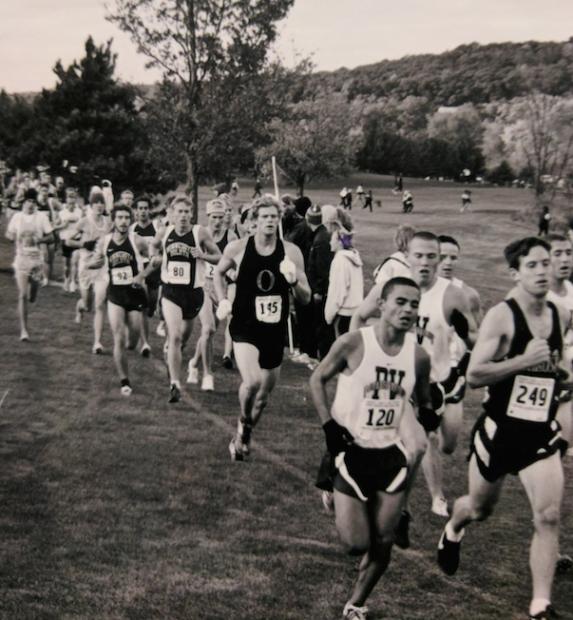
In a previous life, I was a gap-hitting, first baseman at St. Olaf College, a perennial nationally ranked Division III baseball team. At some point during my junior year, I began to wonder what life would look like for a soon-to-be-washed-up ballplayer. Besides watching the many cheesy movies covering this subject, I still forced myself to take a good look in the mirror. The picture I conjured up in my mind was not a pretty one. My 220-pound frame would surely morph in the wrong direction given my steady diet of brats, fries and the occasional six pack. It was a scary enough thought that it prompted me to take up running.
I signed up for Grandma’s Marathon that upcoming summer and followed a free Hal Higdon training plan I pulled off the web. Like many who take those first steps, my goals were simple, I wanted to lose weight and take control of my own body. By the start of my senior year I had whittled down to 185-pounds and, hooked on running, joined the college’s cross country team as D III schools typically encourage walk-ons. I also bought a road bike (which, as it turned out, was actually a cyclocross bike) and used it a few times each week to pedal the 40 miles roundtrip to visit my brother, who was enrolled in a school a few towns away. I rode with leg hair blowing in the breeze in those days, not knowing, or caring, about events or competitions that were available outside of the college bubble.
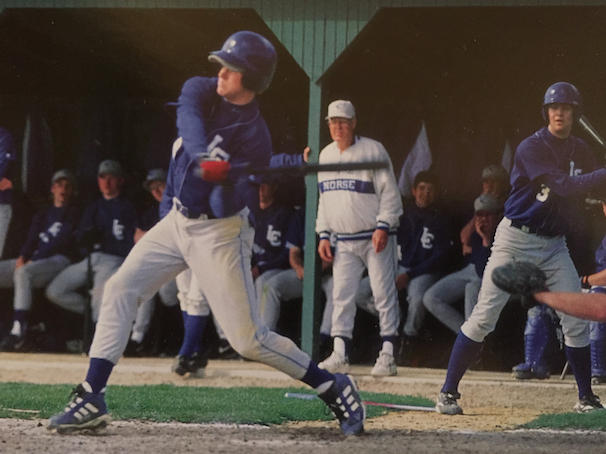
Not surprisingly, since I was spending more time running and cycling, I subsequently became an easier out on the ball field, was moved from first base out to right field and slotted a few spots further down in the lineup during my final season. But, I was on a new path, morphing myself into an endurance athlete, a journey that opened up a whole new world of possibilities.
Between 2002 and 2009 my endurance endeavors ranged from a self-sufficient mountain bike trip of the Continental Divide Trail to hopping in the 257km Tour of Flanders sportive ride across Belgium’s famed cobbled streets. There were also Xterras, a dozen Ironmans and everything in between. There was really no rhyme or reason to the events I took a stab at. I had a few knowledgeable coaches along the way and gained invaluable insight by training with some of the top pros in the sport during a five year stint in Boulder.
In 08 and 09, I qualified for my pro card but was never confused with being a true professional. Let’s just say, if there are three tiers of pro triathletes, I slotted in nicely in the fourth tier! The only reason I worked towards the card in the first place was due to a drinking bet when a post-college roommate once blurted out, “it’s not like any of us will ever be a pro in any sport”.
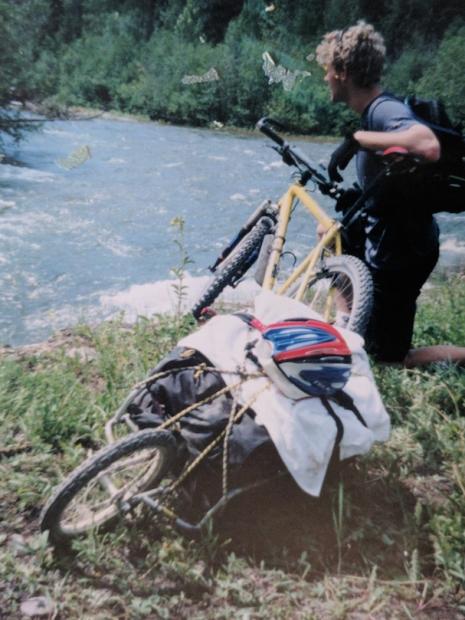
During that time I concentrated on road cycling and moved through the categories from entry-level Cat 5 eventually reaching Cat 1 in 2011. This gave me an opportunity to race in domestic races like Redlands, Tour of Gila and Valley of the Sun. I was always pack fodder, never tallying up any overly impressive results, just banking away life suffrage points.
Suprisingly, while racing bikes, I felt I was in some of the worst general fitness of my life. Sure, I was strong on a bike, and the cardiovascular system was primed, but I was weak in almost every other regard. I missed the overall fitness we cultivate as triathletes. I stopped cycling competitively and turned back to multisport, and was captivated by the fun and fast-growing sport of swimrun, and their holy grail event, ÖTILLÖ.
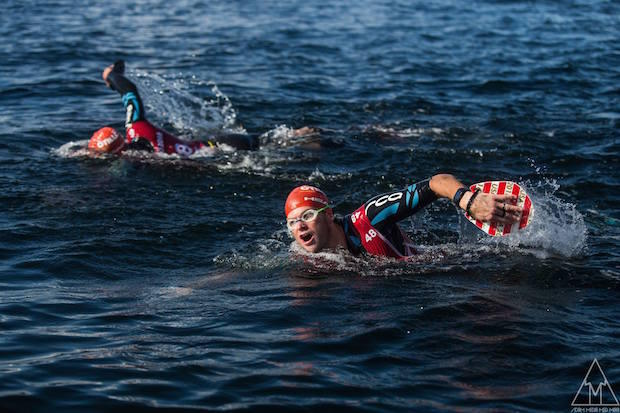
The journey was not always smooth roads and tailwinds. I have had my fair share of setbacks, including a lower back injury that required surgery in 2015. However, spending time on the sidelines and rehabbing the injury granted me the opportunity to put sport into perspective and more fully appreciate the importance of general fitness and health. It also forced me to look at improving areas of weakness, notably my swim and approach to both diet and recovery.
Nine hours of training a week for an Ironman is a new and different type of challenge for me. It is an experiment in approaching a big race from a new angle. A more disciplined approach to planning out key training sessions, honing in diet and fueling strategies, and properly recovering with less focus on logging a seemingly endless number of miles. It is a way of attempting to strike a life balance, juggle family, work and sport, while seeing how closely can I stack up against my previous attempts at the distance.
Everyone who toes the line in an event brings with them a unique story, skill set and range of limiters. An athlete like Sami Inkinen, who inspired me to take action and set up my own challenge, is a person who is likely a genetic freak who adapts to this low volume, high intensity training very well. One month out from race day and only time will tell if this was a smart or foolish experiment on my part.



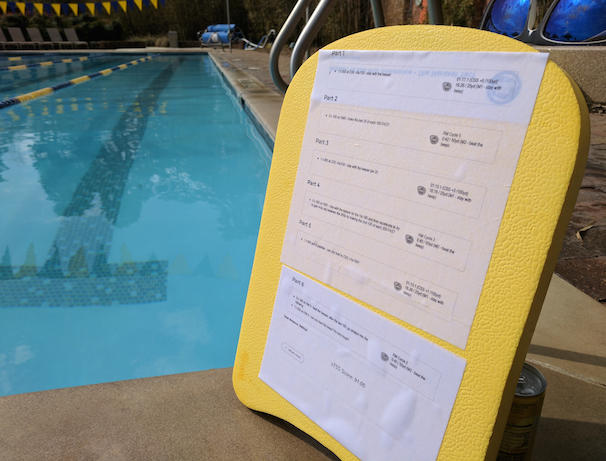
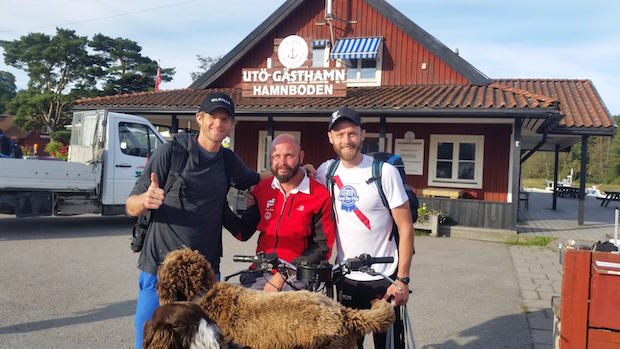
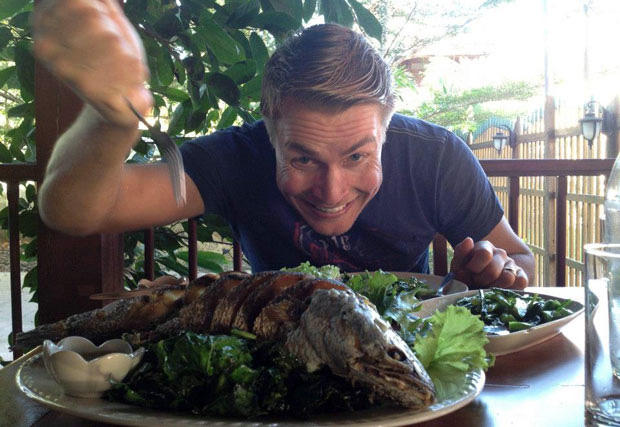

Start the discussion at forum.slowtwitch.com